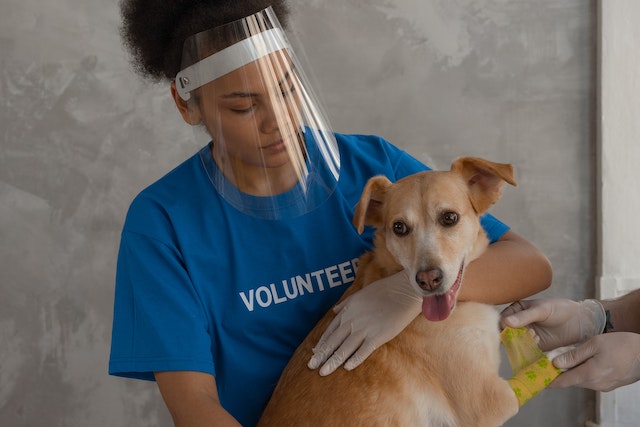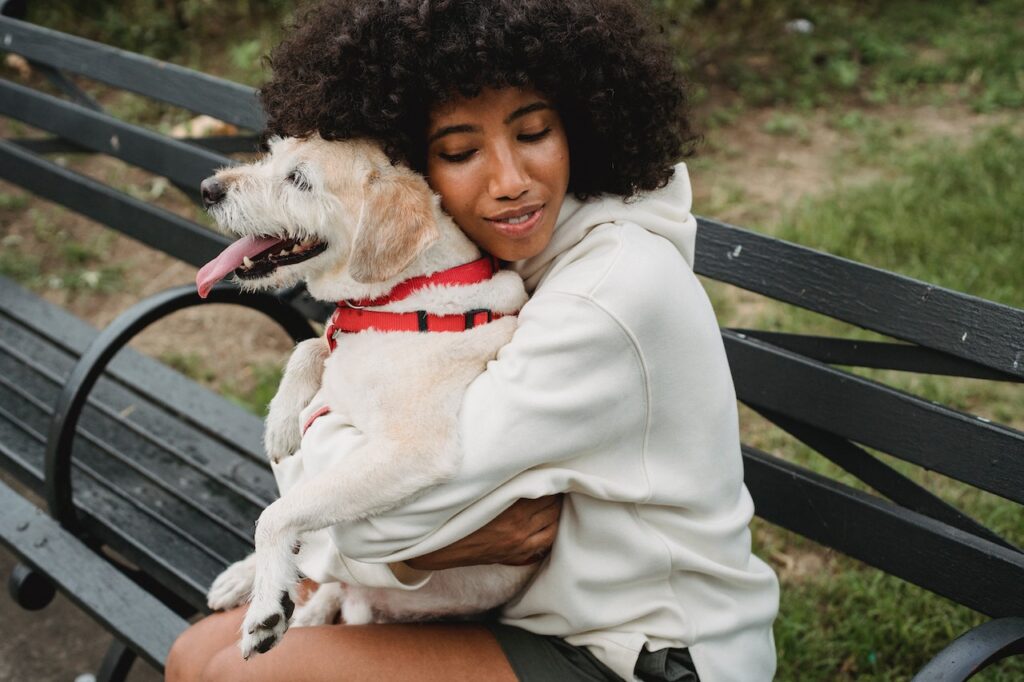
Setting the Record for 5-Star Excellence in the USA for Mobile Pet Grooming
(1900+ Reviews)
What Is Dog Nail Clipping?
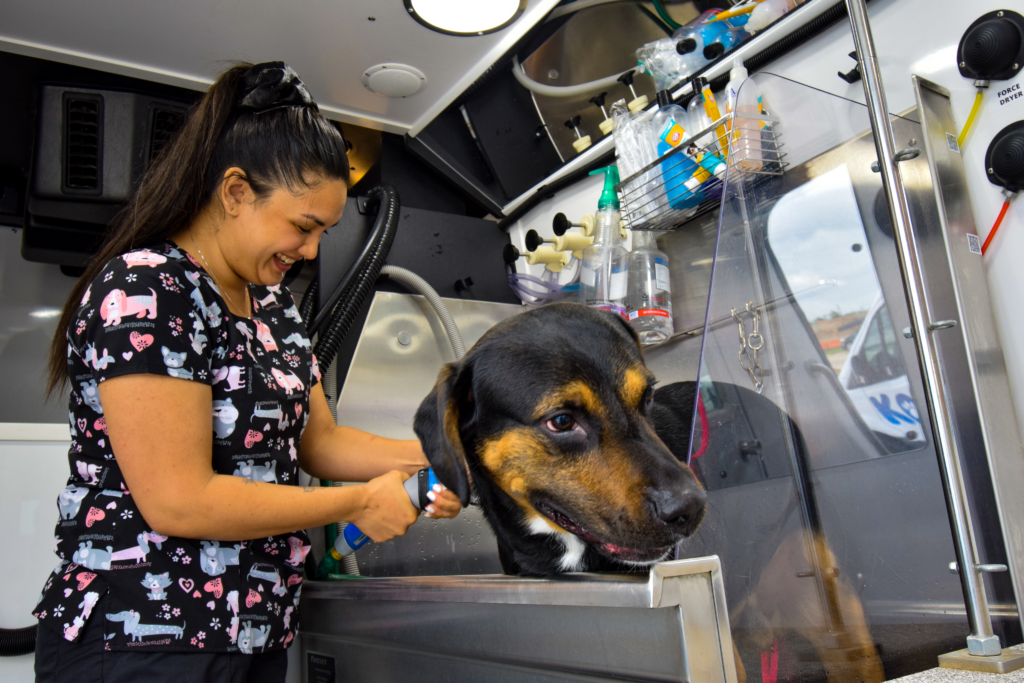
What Is the Process of Dog Nail Clipping?
STEP 1: Initial Examination
The first step is a thorough assessment of your dog's nail length and condition to understand the specific needs. The groomer examines each paw, checking for signs of overgrowth, splits, or infections that might need special attention.
STEP 2: Trimming
Our professionals carefully trim the nails to an appropriate and comfortable length for your dog. Using specialized dog nail clippers, we ensure that the nails are cut to the right length, avoiding the quick to prevent pain and bleeding.
STEP 3: Cleaning
We meticulously clean around the nails, removing any dirt, debris, and potential sources of infection. This step involves cleaning the nail beds and surrounding fur to ensure that all contaminants are removed.
STEP 4: Smoothing
Finally, we file the nails to eliminate sharp edges, preventing snagging and ensuring your dog’s comfort. Smoothing the edges of the nails helps to prevent them from catching on carpets and other surfaces, which can cause pain and damage.
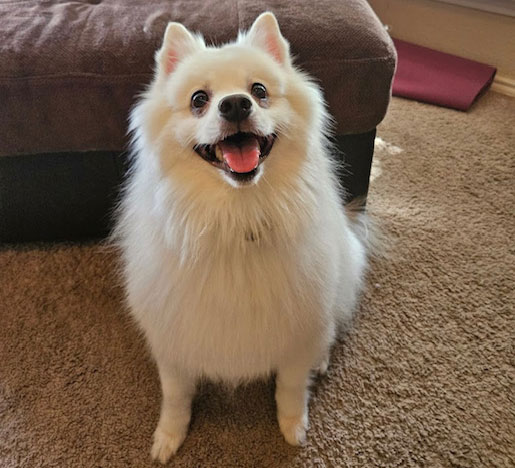
Why Regular Nail Cleaning Is Important
Prevent Discomfort
Enhance Mobility

Detect Issues Early
Promote Overall Health
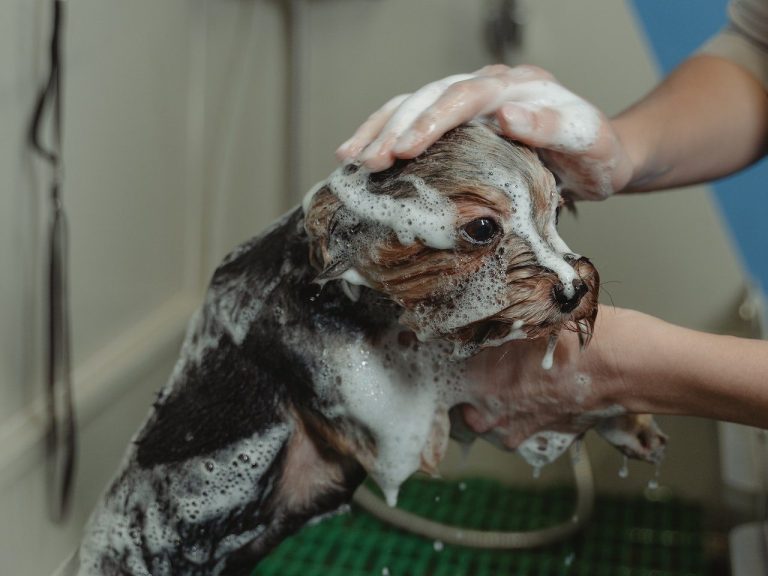
Simple Tips to Keep Your Dog's Nail Care At-Home

Regular Trimming
Use dog-specific nail clippers to maintain an appropriate nail length regularly.

Monitor Nail Health
Frequently check for signs of infection, overgrowth, or discomfort in your dog’s nails.

Use Proper Tools
Ensure you have the right equipment for safe and effective nail trimming, such as quality clippers and files.
Why Choose Us For Your Dog Nail Clipping in Texas
Expert Grooming
At Kontota, we provide expert grooming services that are much more than just a regular bath or haircut. With our attention to detail, our professional groomers provide meticulous teeth cleaning for your dog to help prevent plaque buildup, tartar, and bad breath. This is crucial as oral health is integral to your pet’s overall well-being.
Safe and Pet-Friendly Products
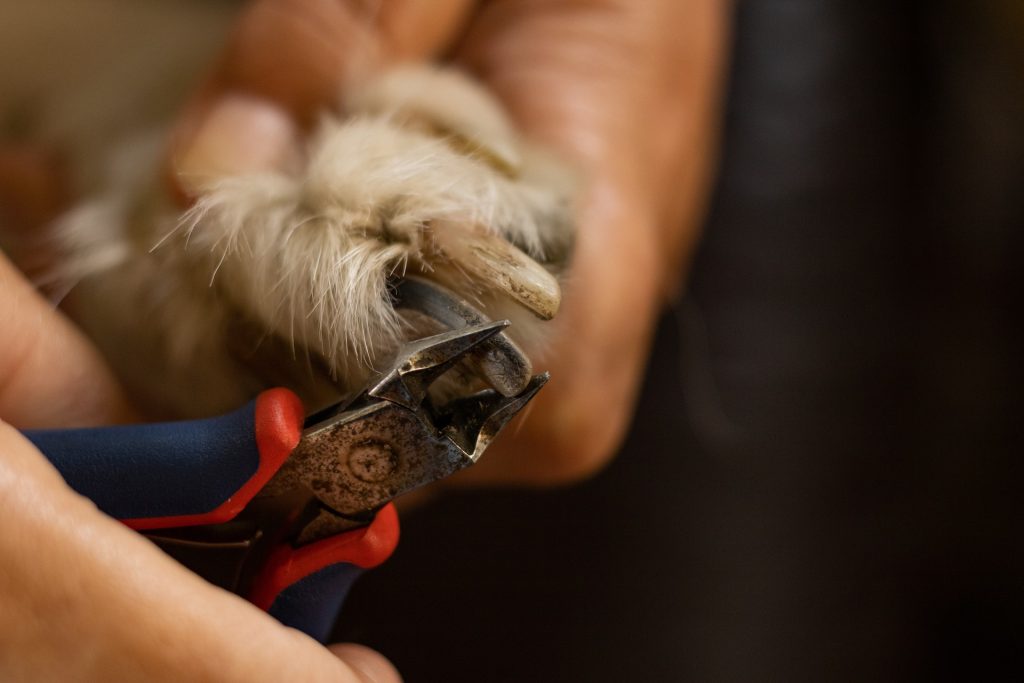
Trained Groomers
Mobile Services
Comprehensive Care
